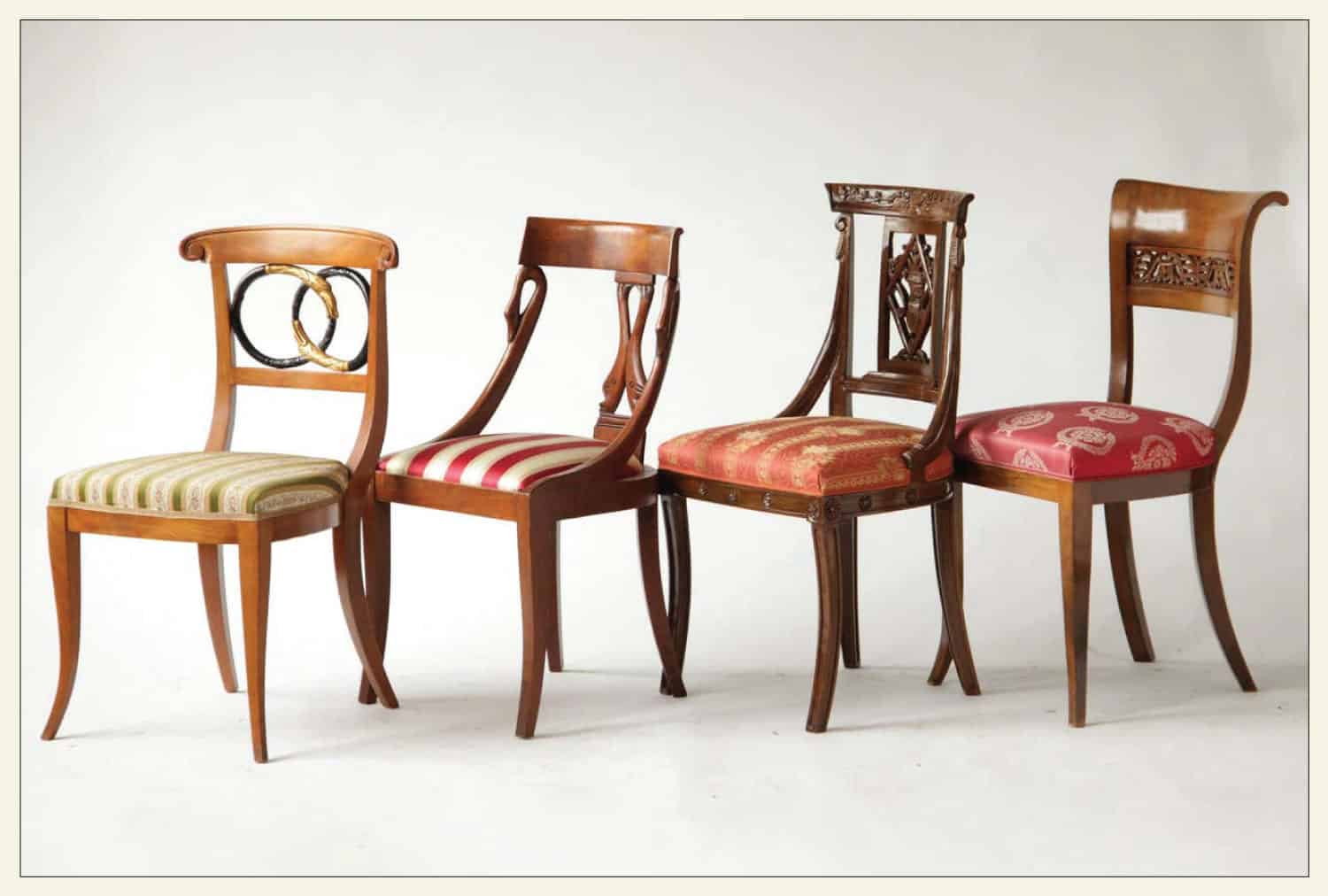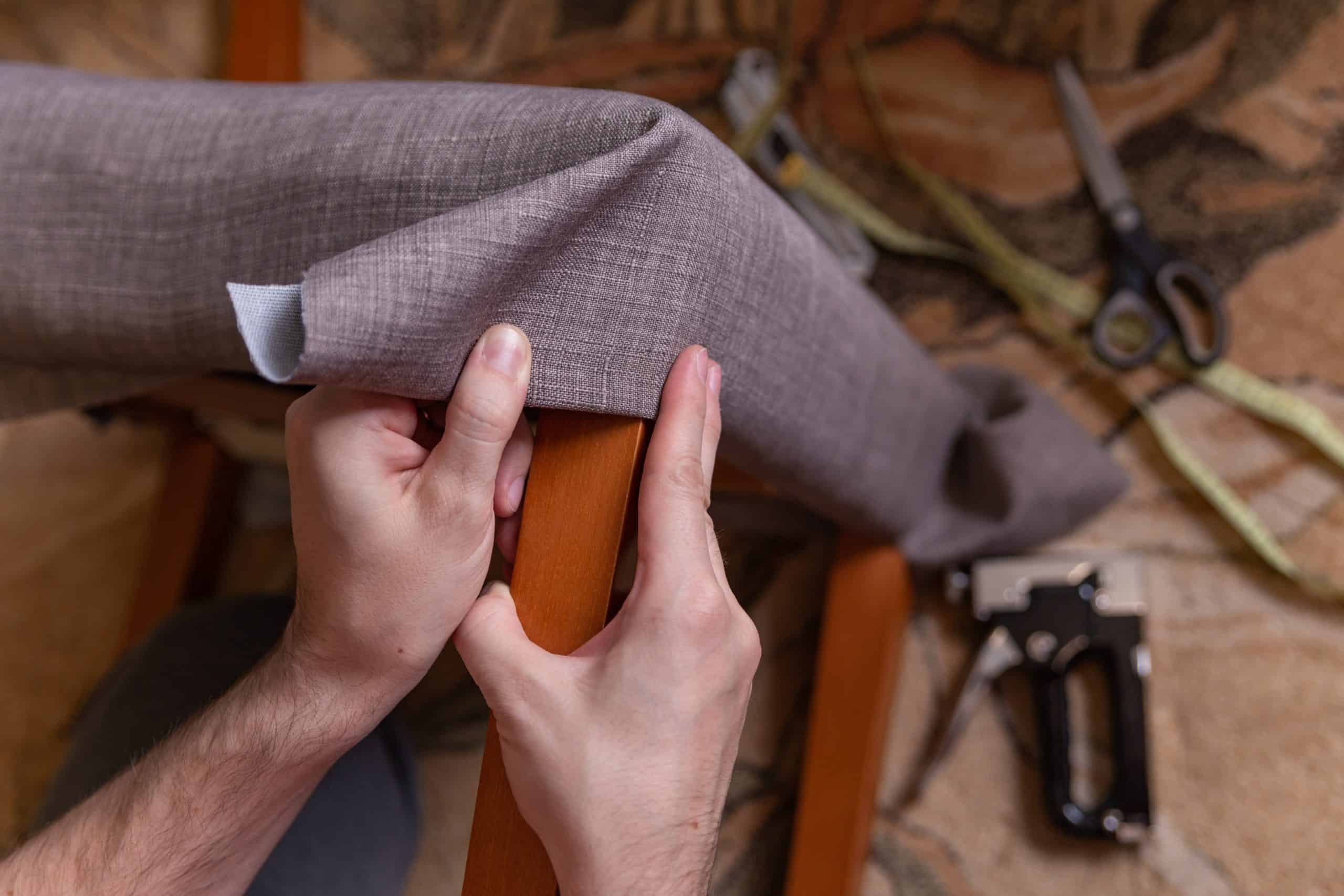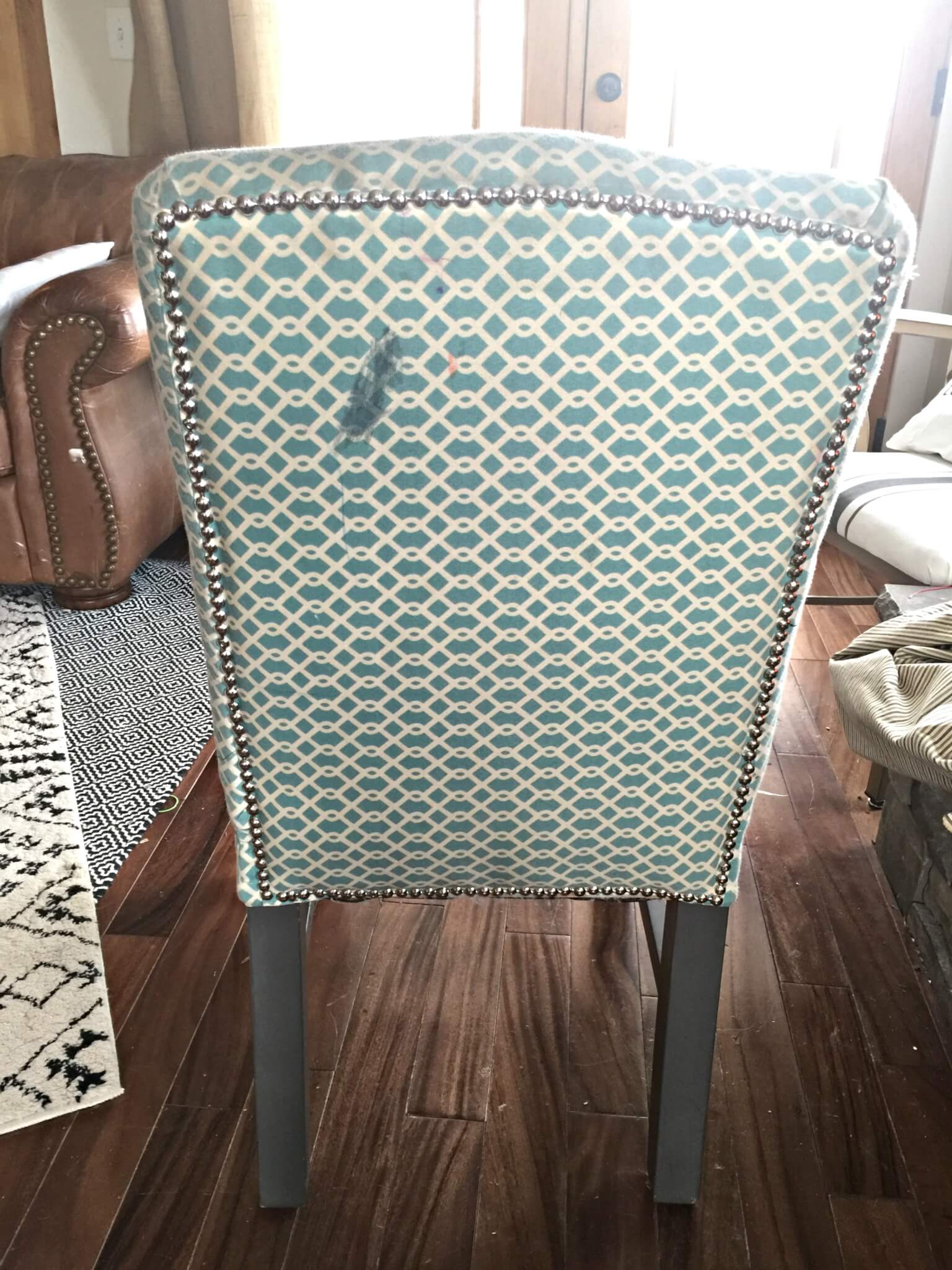Reupholstering Dining Room Chairs with Piping: A Step-by-Step Guide
Are your dining room chairs looking tired and worn out? Instead of replacing them, why not consider reupholstering them with piping for a fresh and stylish update? With just a few materials and some basic sewing skills, you can transform your dining room chairs into stunning pieces that will impress your guests. Follow this step-by-step guide to learn how to reupholster dining room chairs with piping.
How to Reupholster Dining Room Chairs with Piping
Reupholstering dining room chairs with piping may seem like a daunting task, but with the right tools and techniques, it can be a fun and rewarding DIY project. The first step is to assess the condition of your chairs and determine if they are suitable for reupholstering. If the frame and structure are still sturdy, then you can proceed with the project.
Next, gather all the necessary materials and supplies. This includes upholstery fabric, piping cord, a sewing machine, scissors, a staple gun, and a screwdriver. You may also need a seam ripper, pliers, and a hammer to remove the old fabric and staples.
DIY Reupholstering: Dining Room Chairs with Piping
The first step in reupholstering your dining room chairs with piping is to remove the old fabric and staples. Carefully use a seam ripper to detach the fabric from the chair frame. You may also need pliers to pull out stubborn staples. Once the old fabric is removed, use the pieces as a template to cut out the new fabric.
Next, it's time to add the piping. You can either purchase pre-made piping or make your own using piping cord and fabric strips. Pin the piping along the edges of the fabric pieces with the cord facing inwards. Sew the piping in place, making sure to leave a few inches unsewn at the beginning and end.
Reupholstering Dining Room Chairs with Piping: Tips and Tricks
When sewing the piping, use a zipper foot on your sewing machine for a clean and precise stitch. You can also use a hot glue gun to secure the piping in place before sewing if you're having trouble keeping it in place. Additionally, make sure to pull the piping taut as you sew to avoid any puckering.
Another helpful tip is to use a staple gun to attach the new fabric to the chair frame. Start from the center and work your way out, pulling the fabric taut as you go. Make sure to fold and staple the corners neatly for a professional finish.
Reupholstering Dining Room Chairs with Piping: Materials and Supplies
Choosing the right materials and supplies is crucial for a successful reupholstering project. When it comes to fabric, consider the style and color of your dining room and choose a durable and easy-to-clean material. For the piping, opt for a strong and flexible cord such as cotton or nylon.
In addition to the basic tools and supplies, you may also need extra foam or batting to replace any worn-out padding in your chairs. You can also add a layer of batting on top of the foam for extra comfort.
Reupholstering Dining Room Chairs with Piping: Choosing the Right Fabric
The fabric you choose for your dining room chairs can make a big impact on the overall look and feel of your space. Consider the style and color scheme of your dining room and choose a fabric that complements it. If you have children or pets, opt for a durable and stain-resistant material.
When it comes to the design of the fabric, you can go with a classic solid color or choose a fun pattern to add some personality to your chairs. Just make sure to use a fabric that is suitable for upholstery and can withstand regular use.
Reupholstering Dining Room Chairs with Piping: Adding Piping for a Professional Finish
Piping is not only a functional element in upholstery; it can also add a polished and professional look to your dining room chairs. It's also a great way to add a pop of color or contrast to your chairs. You can choose a piping color that matches or complements your fabric, or go for a bold contrast for a statement look.
When adding piping, make sure to sew it as close to the edge of the fabric as possible for a clean and neat finish. You can also use a contrasting thread color to make the piping stand out even more.
Reupholstering Dining Room Chairs with Piping: Common Mistakes to Avoid
While reupholstering dining room chairs with piping is a relatively simple project, there are a few common mistakes that can easily be avoided. One of the most common mistakes is not pulling the fabric taut enough, which can result in a loose and wrinkled finish.
Another mistake is not using enough staples to secure the fabric. Make sure to use plenty of staples to ensure the fabric is securely attached and won't shift over time. Finally, make sure to measure and cut your fabric accurately to avoid any excess or shortage.
Reupholstering Dining Room Chairs with Piping: Before and After Inspiration
If you're still unsure about taking on the project of reupholstering your dining room chairs with piping, take a look at some before and after photos for inspiration. You'll be amazed at how much of a difference this simple update can make in the overall look of your dining room.
Whether you choose a classic and elegant style or opt for a bold and modern look, reupholstering dining room chairs with piping is a great way to add a personal touch to your space and breathe new life into old furniture.
Reupholstering Dining Room Chairs with Piping: FAQs
Still have some questions about reupholstering dining room chairs with piping? Here are answers to some commonly asked questions:
Q: How long does it take to reupholster dining room chairs with piping?
A: The time it takes to reupholster dining room chairs with piping will depend on your sewing skills and the number of chairs you're working on. It can take anywhere from a few hours to a full day.
Q: Can I reupholster chairs with piping without a sewing machine?
A: While a sewing machine is recommended for a clean and precise finish, it is possible to reupholster chairs with piping using a needle and thread. However, it may take longer to complete the project.
Q: How often do I need to reupholster my dining room chairs?
A: This will depend on the quality of your fabric and the amount of use your chairs get. On average, you may need to reupholster your dining room chairs every 5-10 years.
With this step-by-step guide, you now have all the information and tips you need to successfully reupholster your dining room chairs with piping. Get ready to impress your guests with your beautiful and personalized dining room furniture!
The Importance of Upholstery in House Design

Why Upholstery Matters
 When it comes to creating a well-designed and inviting home, the furniture you choose plays a crucial role. And while many people focus on finding the perfect sofa or coffee table, the upholstery on your furniture is just as important. Not only does it add comfort and style, but it also protects your furniture from wear and tear. That's why reupholstering your dining room chairs with
piping
is a great way to elevate the overall design of your dining space.
When it comes to creating a well-designed and inviting home, the furniture you choose plays a crucial role. And while many people focus on finding the perfect sofa or coffee table, the upholstery on your furniture is just as important. Not only does it add comfort and style, but it also protects your furniture from wear and tear. That's why reupholstering your dining room chairs with
piping
is a great way to elevate the overall design of your dining space.
The Benefits of Reupholstering with Piping
 Piping, also known as welting, is a decorative and functional detail that can be added to the edges of your dining room chairs. It involves sewing a cord or fabric strip into the seams of the chair, creating a defined and structured look. This not only adds visual interest to your chairs, but it also reinforces the edges, making them more durable. Additionally, piping can help to hide any imperfections in the fabric or construction of your chairs, giving them a more polished and professional appearance.
Piping, also known as welting, is a decorative and functional detail that can be added to the edges of your dining room chairs. It involves sewing a cord or fabric strip into the seams of the chair, creating a defined and structured look. This not only adds visual interest to your chairs, but it also reinforces the edges, making them more durable. Additionally, piping can help to hide any imperfections in the fabric or construction of your chairs, giving them a more polished and professional appearance.
How to Reupholster Your Dining Room Chairs with Piping
 If you're ready to give your dining room chairs a makeover, reupholstering them with piping is a simple and effective option. First, you'll need to choose a fabric that complements your dining room decor and a complementary piping cord or strip. Then, you'll need to carefully remove the existing fabric from your chairs, making sure to save the pieces as templates for cutting your new fabric. Next, cut your new fabric and sew it around the edges of your chair, adding the piping as you go. Finally, reattach the fabric to your chairs and admire your newly upholstered dining room chairs.
If you're ready to give your dining room chairs a makeover, reupholstering them with piping is a simple and effective option. First, you'll need to choose a fabric that complements your dining room decor and a complementary piping cord or strip. Then, you'll need to carefully remove the existing fabric from your chairs, making sure to save the pieces as templates for cutting your new fabric. Next, cut your new fabric and sew it around the edges of your chair, adding the piping as you go. Finally, reattach the fabric to your chairs and admire your newly upholstered dining room chairs.
Final Thoughts
 Reupholstering your dining room chairs with piping is a cost-effective and stylish way to update the look of your dining space. Not only can it add a touch of elegance and sophistication, but it can also protect your chairs and extend their lifespan. So why not give it a try and see the transformation for yourself? Your dining room will thank you.
Reupholstering your dining room chairs with piping is a cost-effective and stylish way to update the look of your dining space. Not only can it add a touch of elegance and sophistication, but it can also protect your chairs and extend their lifespan. So why not give it a try and see the transformation for yourself? Your dining room will thank you.

















































